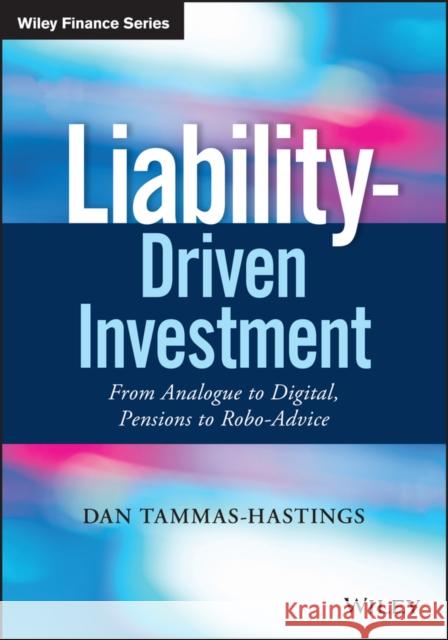Liability-Driven Investment: From Analogue to Digital, Pensions to Robo-Advice » książka
topmenu
Liability-Driven Investment: From Analogue to Digital, Pensions to Robo-Advice
ISBN-13: 9781119441953 / Angielski / Twarda / 2021 / 176 str.
Kategorie:
Kategorie BISAC:
Wydawca:
Wiley
Seria wydawnicza:
Język:
Angielski
ISBN-13:
9781119441953
Rok wydania:
2021
Numer serii:
000293957
Ilość stron:
176
Waga:
0.40 kg
Wymiary:
24.61 x 17.6 x 1.8
Oprawa:
Twarda
Wolumenów:
01











